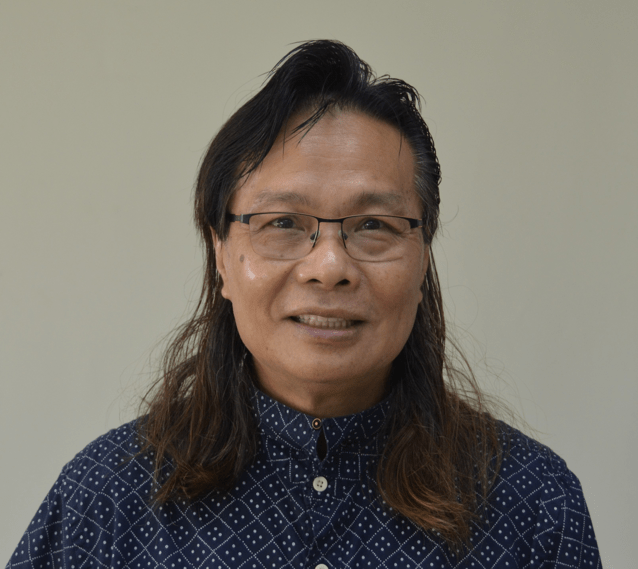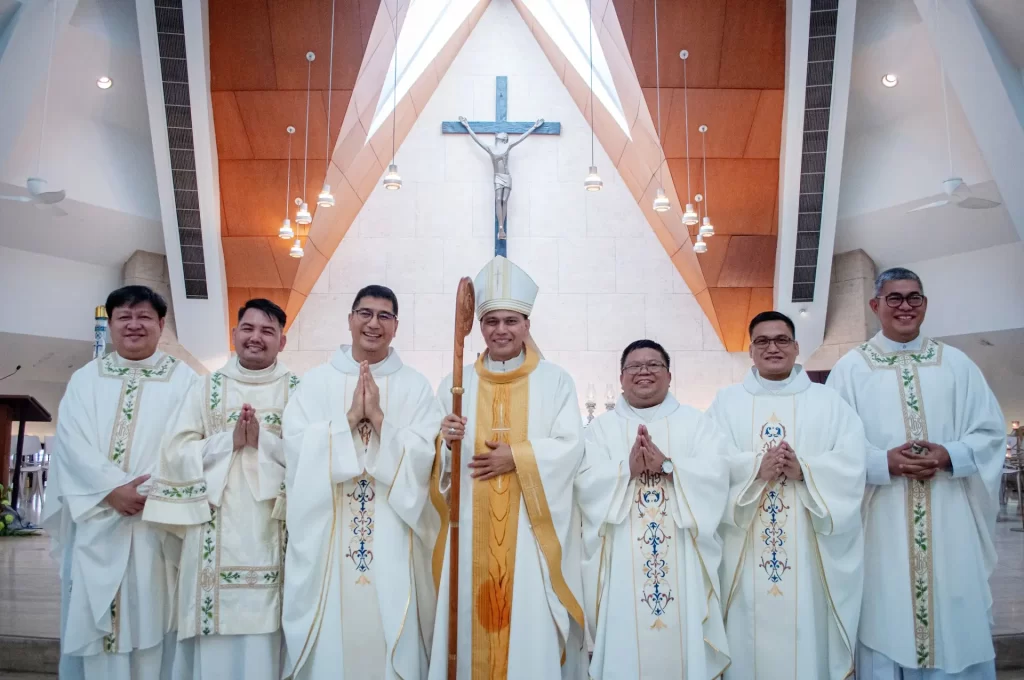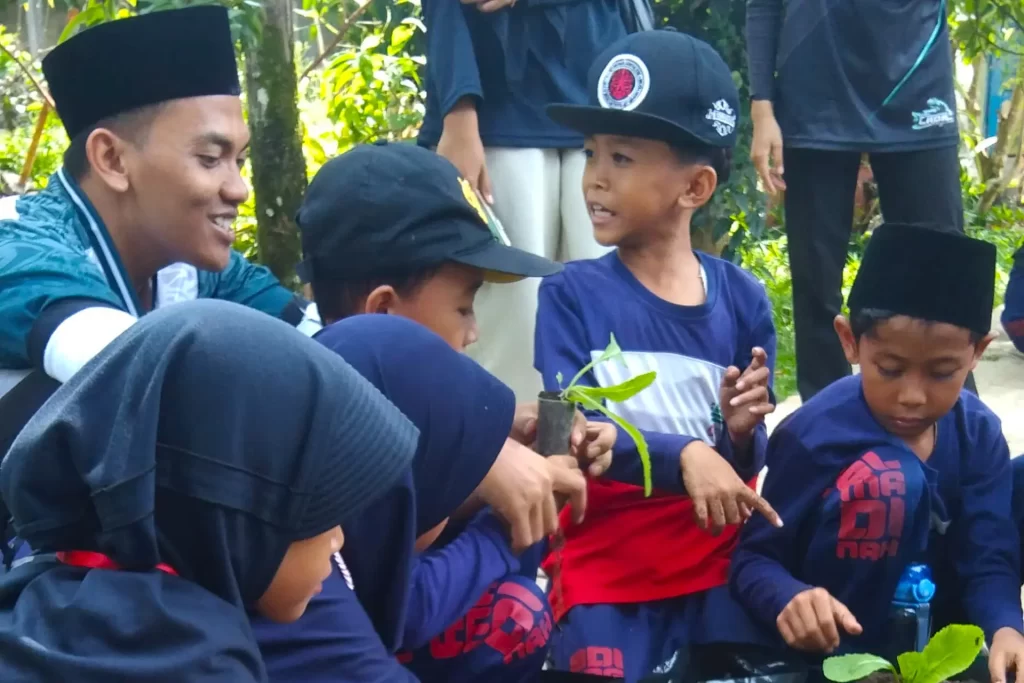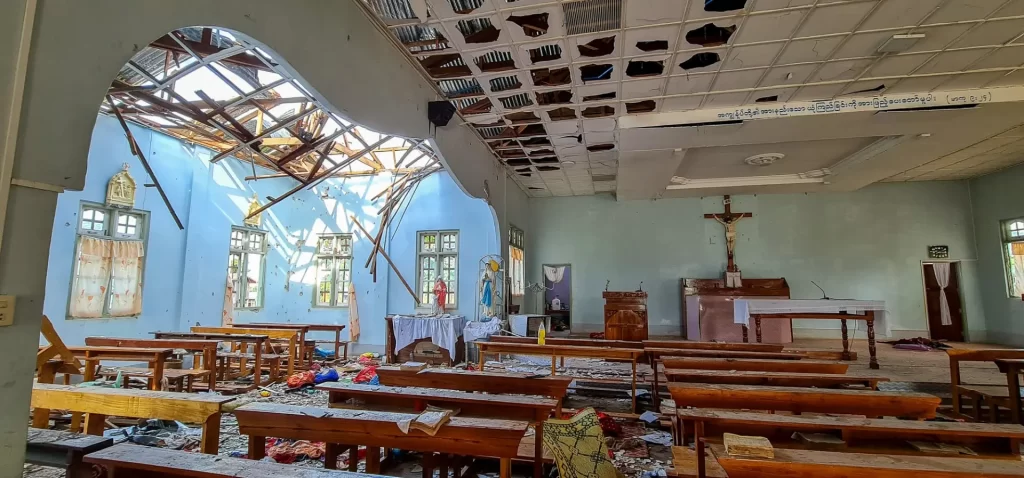
The mystifying mist was a “theophanic burning bush” that presented to me a God who is giving all of Godself to creation and Mother Earth in the enfleshment of the Son. In His kenotic love, the Son in turn gives His all – body and blood – in the bread and wine, at the Last Supper. And on the Cross, He bleeds and breathes His last, saving the best gift for last: His beloved Mother to humankind, and personally to me, when I lost my own mother who passed on to the eternal bliss of the Triune God at the age of 27.
On 13 April, our small group gathered at the memorial in honour of Chief Macli-ing Dulag for a prayer service. Having begun with the sign of the cross, William offered a prayer in Garo, Arlene in I-Kacharan, and Alphonse in Uraon. I offered the final blessing: “Our Chief Macli-ing Dulag, Our Warrior, Our Mystic and Prophet, with all the ancestors, you have defended our sacred homeland, especially the sacred Chico River, the lush valleys and the Kalinga villages, the livestock and all the rich biodiversity. In our communion with all you ancestors of all the faiths, may the Triune God bless us in the name of the Father, of the Son and of the Holy Spirit. Amen.”
The following day on Holy Thursday at St Joseph Chapel in Chupac, after washing the feet of 12 men, half of whom were youth, I asked the worshipping community for permission to wash the feet of the women. Rûah Elohim (God’s Creative Spirit) and Pope Francis’ gesture in 2013 when he washed the feet of 12 young prison inmates, including two women and two Muslims, inspired me to do likewise. This ritual gesture symbolised an appreciation of the leadership of women, especially their commendable commitment and selfless service to the Kadaclan communities in Chupac, Kaleo, and Ogoog.
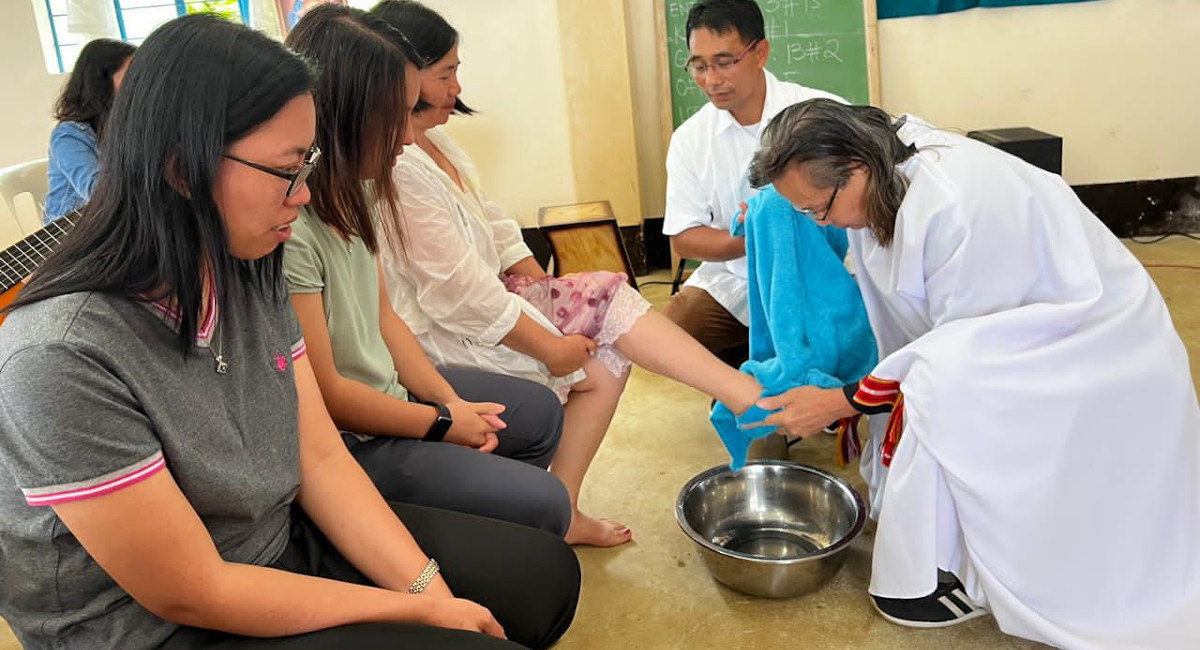
God’s kenotic love motivated our visit to the enchanting traditional house of Alfonso and Elsa Fussong, who live across the wangwang in Kaleo. The wooden house consists of two structures connected by a passage in the middle. The first unit serves as a kitchen while the second unit, a bedroom. This family has many admirable skills, one of which is making traps for birds.
At St Mary’s Chapel in Kaleo, the community had their first Good Friday service in their own language. In the homily, I spoke of the kenotic love of Jesus. I realised that I too needed to give my all, even to climb the steps to visit the prayer leaders, Elizabeth, Raymondo, Josephine, and Marcelina, fondly called the “Fantastic 4” of the Santa Faustina Chapel in Ogoog. I exhorted them to pray for Mother Earth, evoking Pope Francis’ message during an Earth Day celebration in 2021 that, “Our concern is to see that the environment is cleaner, purer and preserved, and to take care of nature so that it takes care of us.”
Moved by the kenotic love of the Risen Lord, I decided to spend the night in Manang Medilina Tamiking’s house and immerse myself in the domestic life of the people of Kaleo. Fr Andrew Claver said it was the first time that a Catholic priest had done such a thing. As I went downstairs to have a bath, which was especially prepared by boiling water with lemon leaves and then cooling it down to the temperature of bath water (This bath is renowned for its cleansing effect.), I was pleasantly surprised to witness a sow (pikat) feeding her piglets.

Back at St Joseph Chapel, the worshipping community gathered outside for the Ritual of Fire and Preparation of the Easter Candle. The four Readings, Responsorial Psalms, prayers, and renewal of baptismal promises were all done in the local language.
In the homily, I shared how I experienced the Risen Lord in Kadaclan in the worshipping community. I experienced His Risen presence in the kindness of Kyla, the prayer leader who walked over to the lectern and offered Manang Rufina, the third reader, her leaflet. I took delight in God who gives me a new heart and a new spirit (Ezekiel 36:26). With every step I took in the climb to Ogoog, I experienced the power of the spirit of the Risen Lord surging within my body, energising me until I finally reached the village perched on the mountain. The pain I experienced at the sight of the landslide at Mah-ag is the cry of Mother Earth. It opened my heart to pray to the same Rûah Elohim who hovers over the waters (Genesis 1:2) at the inception of the cosmos and brings forth God’s creation, for the healing of the rupture between humankind, otherkinds, our ancestral homeland, and Mother Earth.
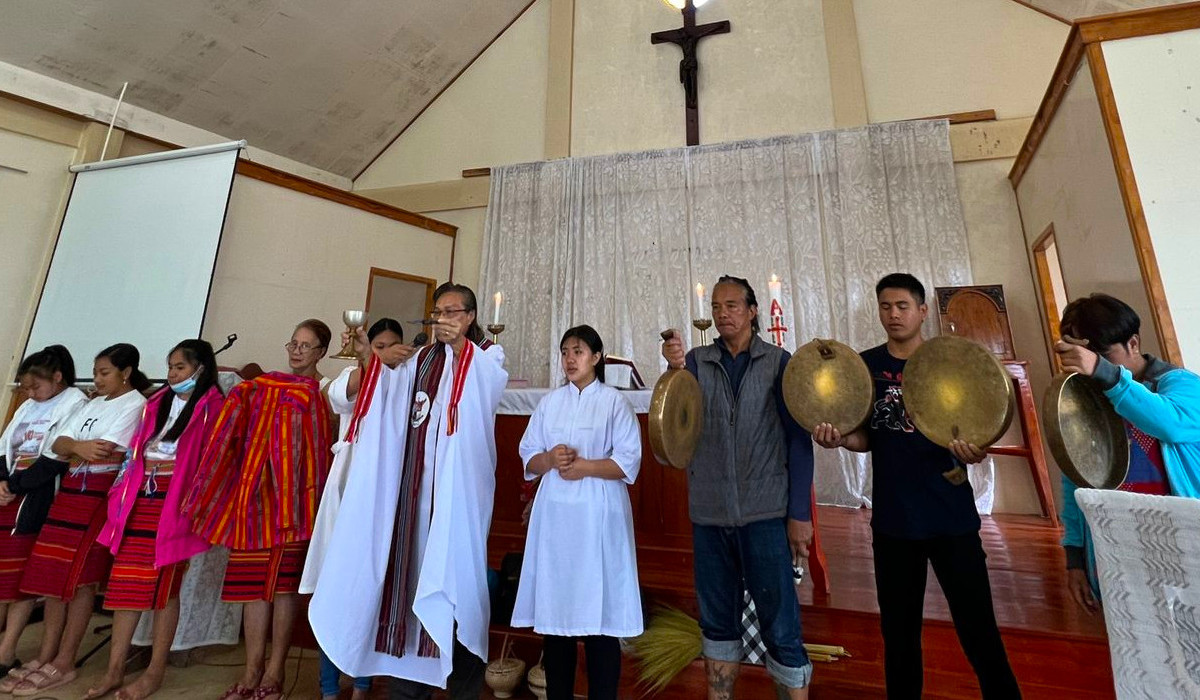
The homily became the space to discuss the nexus between being an Easter people and Easter politics in relation to the Resurrection of Jesus, and the upcoming national elections. As an Easter community, Peter engages in an Easter politics with an alternative story to counteract the tale of the political and religious leaders in early Palestine. In the same vein, the Catholic Bishops Conference of the Philippines recently issued a pastoral letter, in which the Bishops make a passionate appeal to all voters to choose candidates who prioritise the interest and welfare of the nation above their own.
We are an Easter people. We engage in Easter Politics because He, Jesus, is risen in our world, in our land, in our communities, in our families, in our minds, and in our hearts.
Indeed, seated in the presence of the Triune God (Sp. Ex. §§101-109), gazing on Mother Earth in her splendour and woundedness, the contemplation on the kenosis of Jesus from Holy Thursday and Easter Sunday offers a vision described in Laudato sí: “From panoramic vistas to the tiniest living form, nature is a constant source of wonder and awe. It is also a continuing revelation of the divine” (LS § 85).
So in our sojourn in Kadaclan, the sight of the birds, the insects, the trees, the flowers truly “reveal the divine” to us so much so that “the very flowers of the field and the birds which his human eyes contemplated and admired are now imbued with his radiant presence” (LS § 100).

